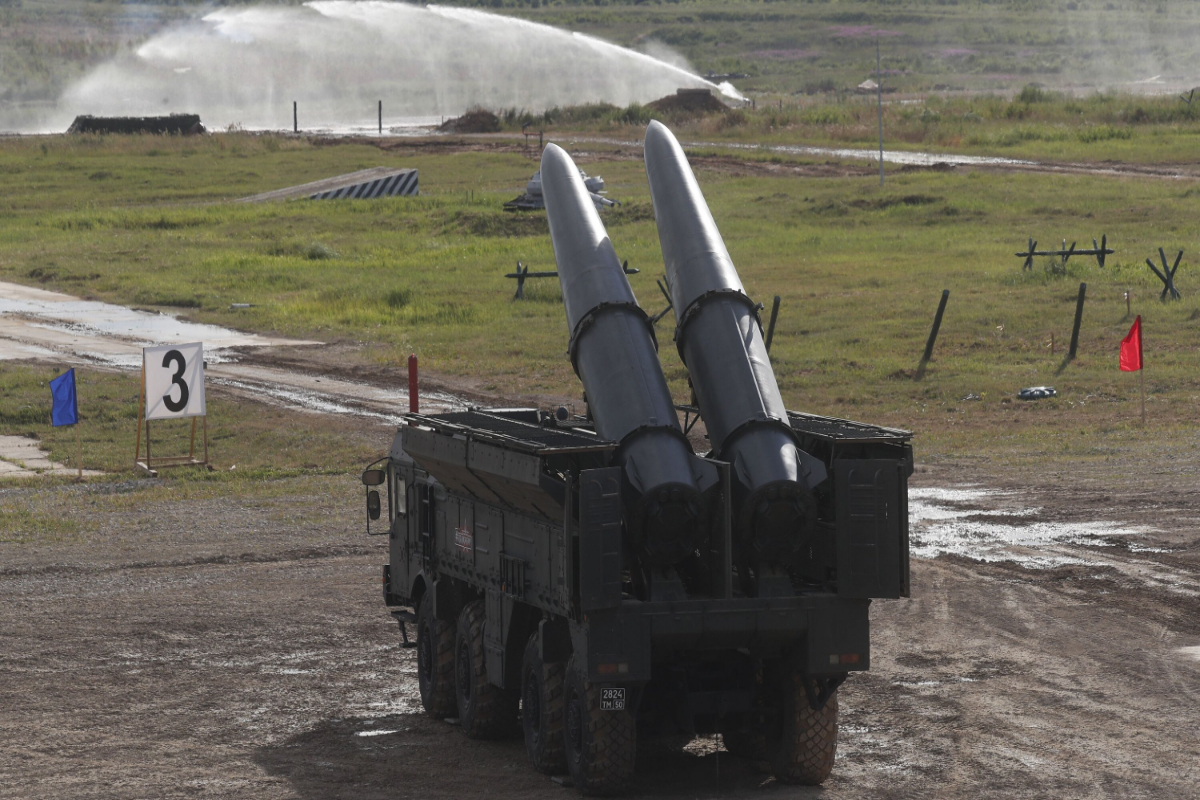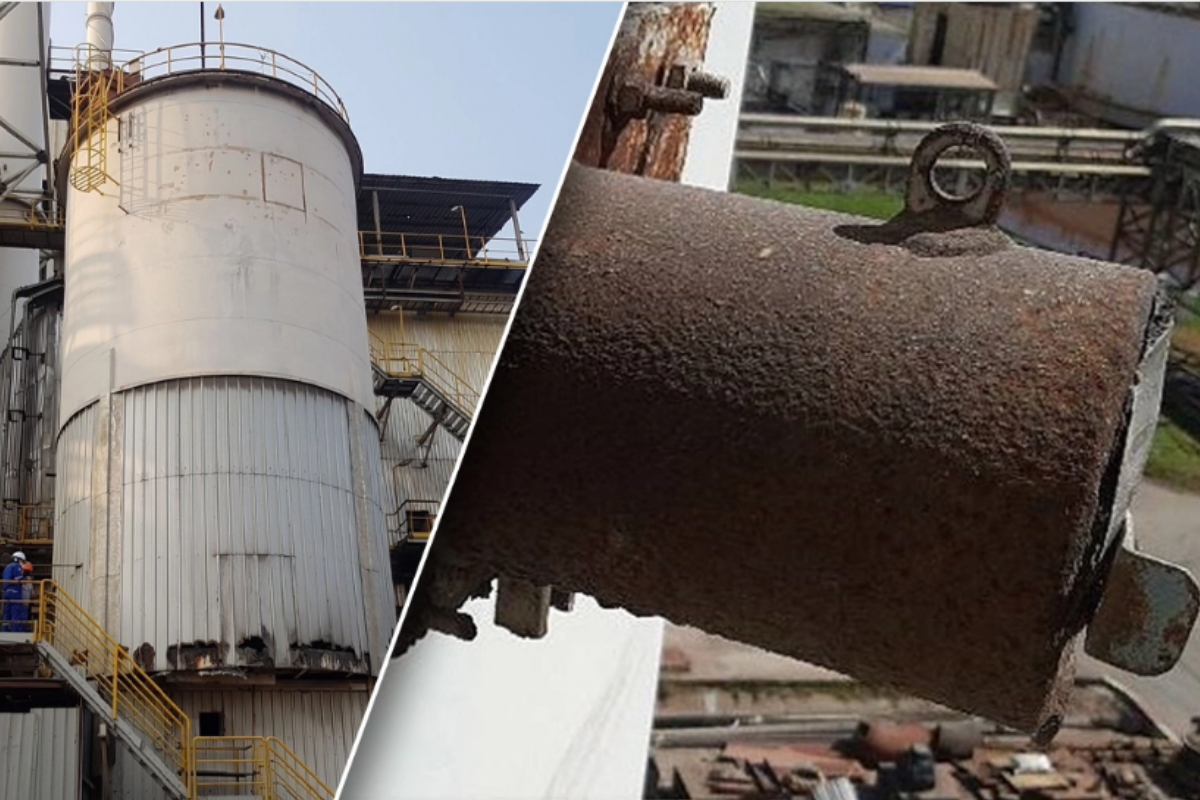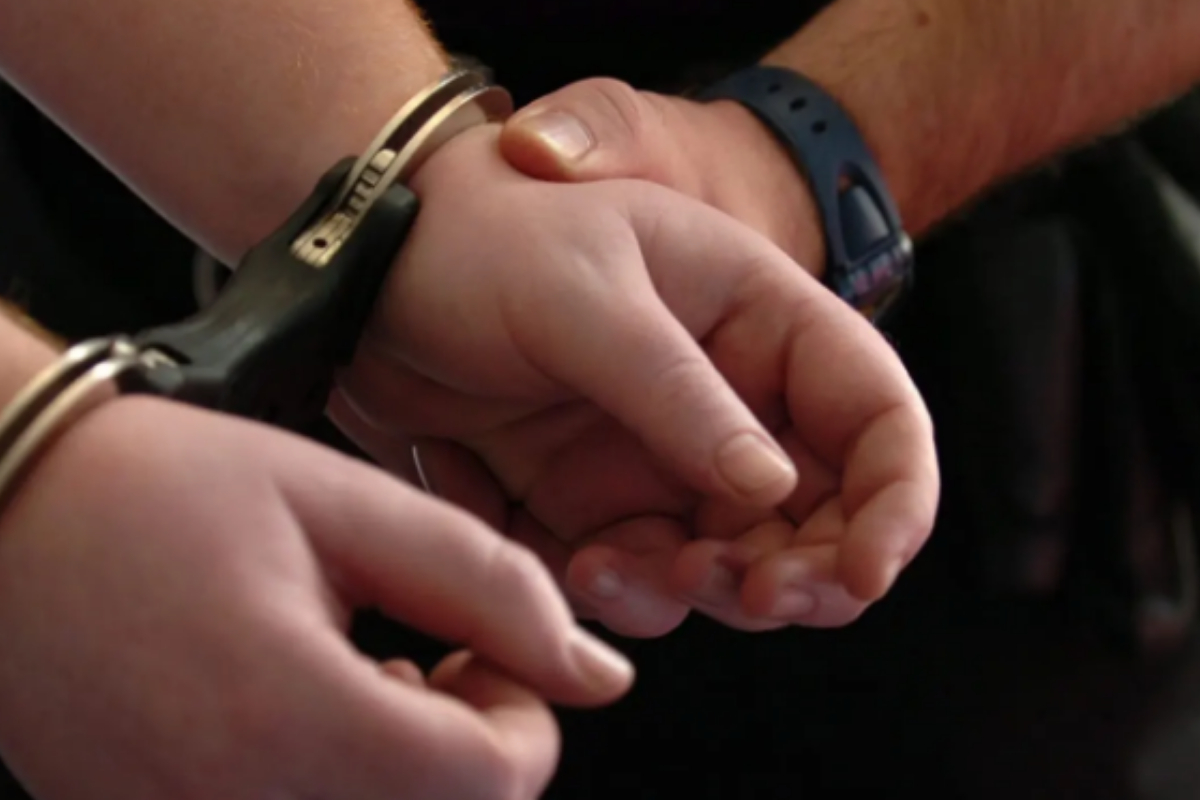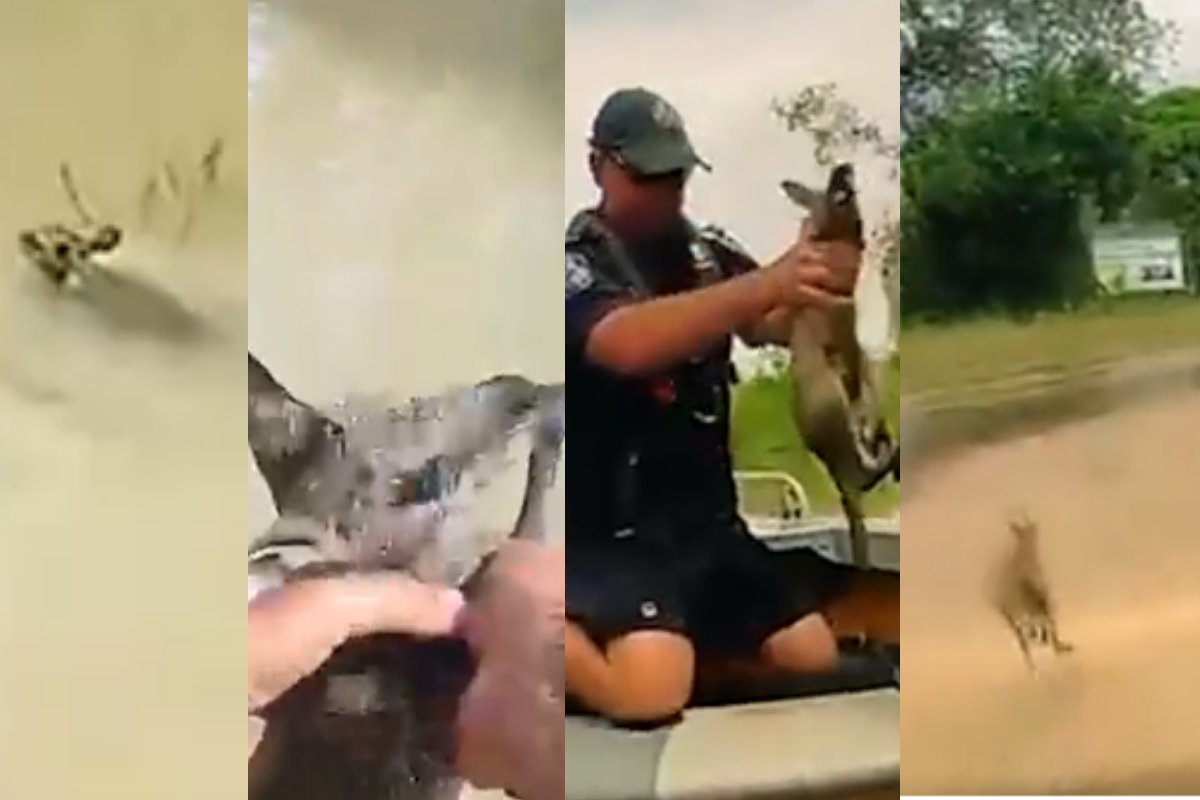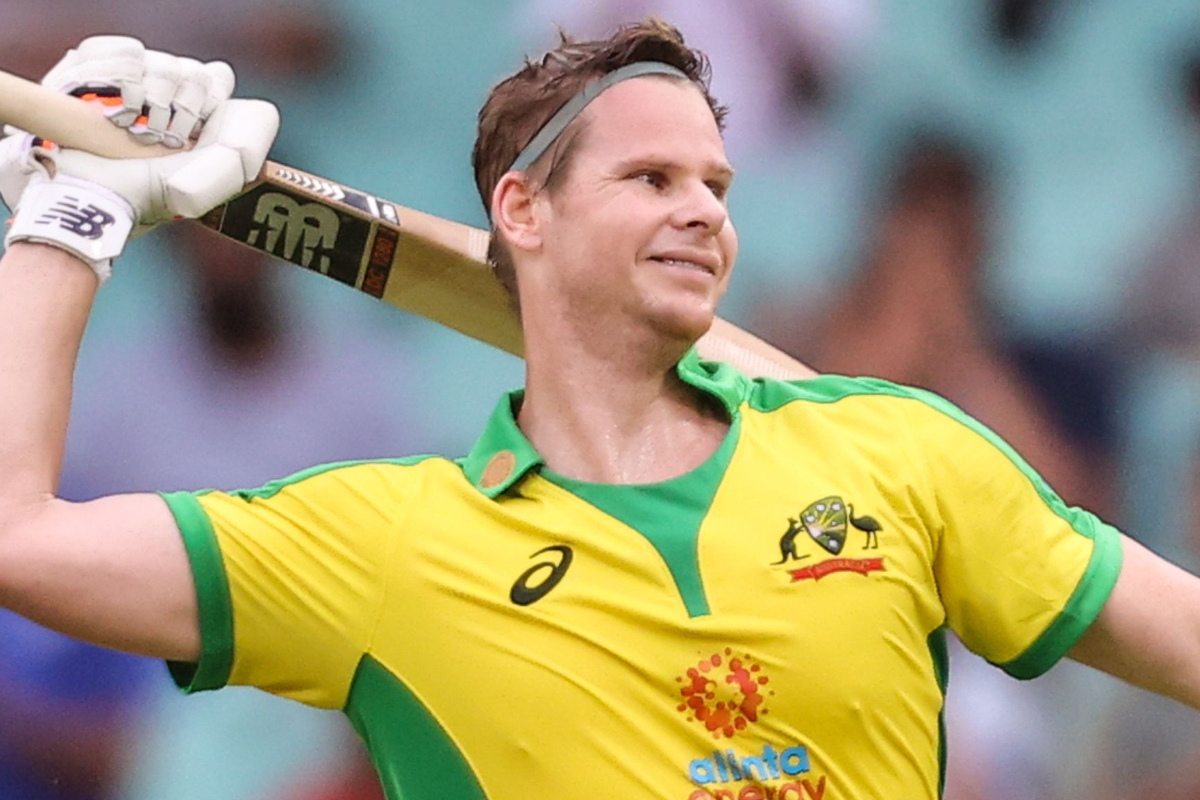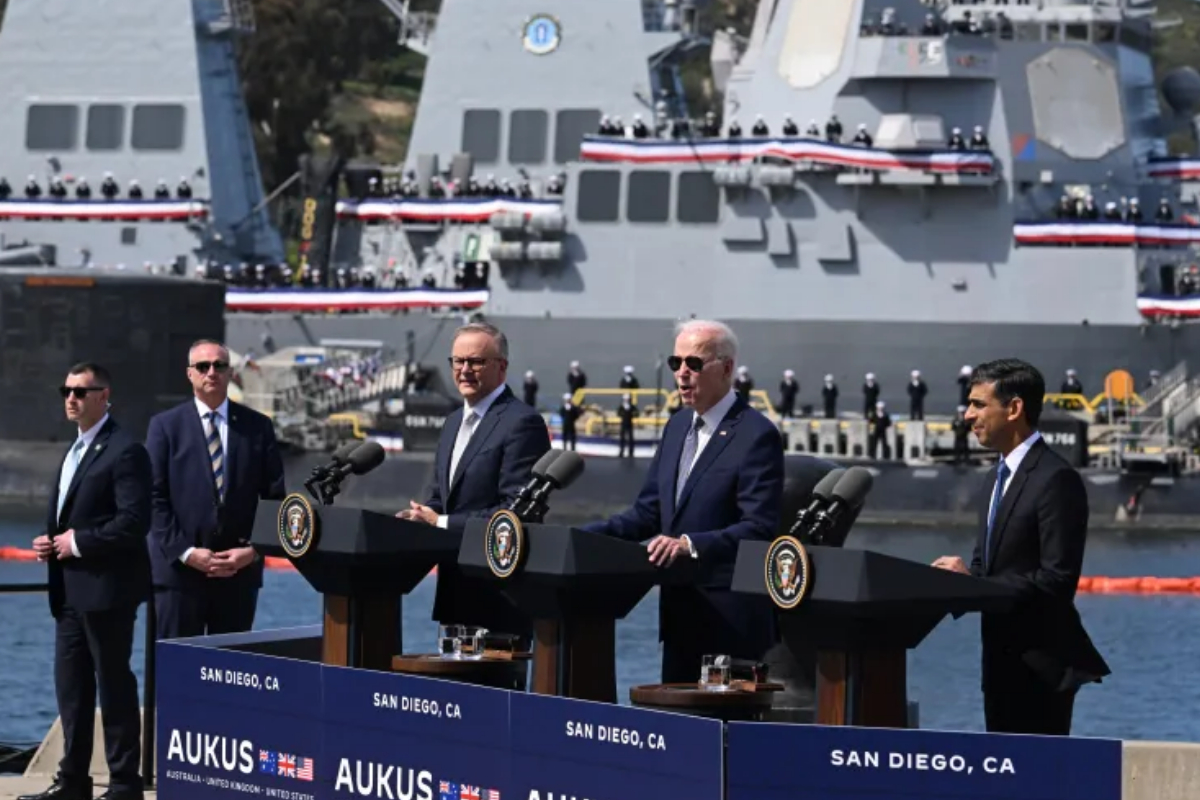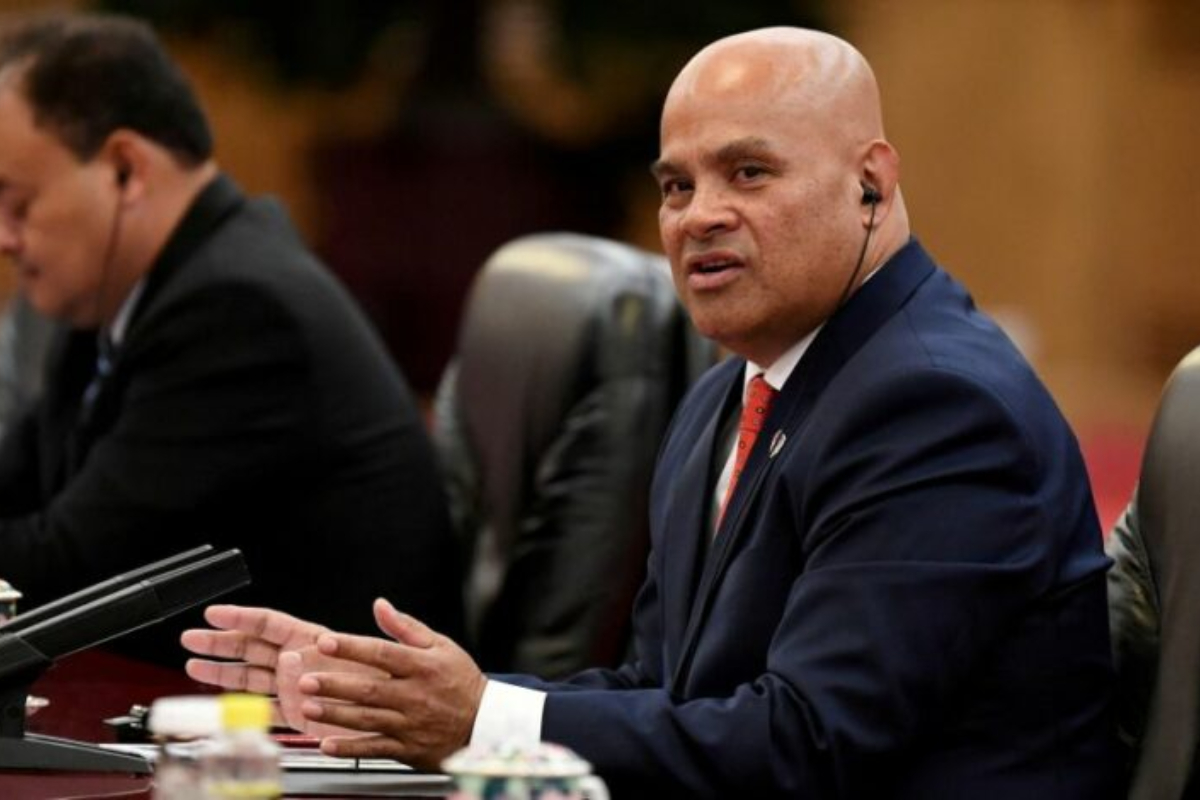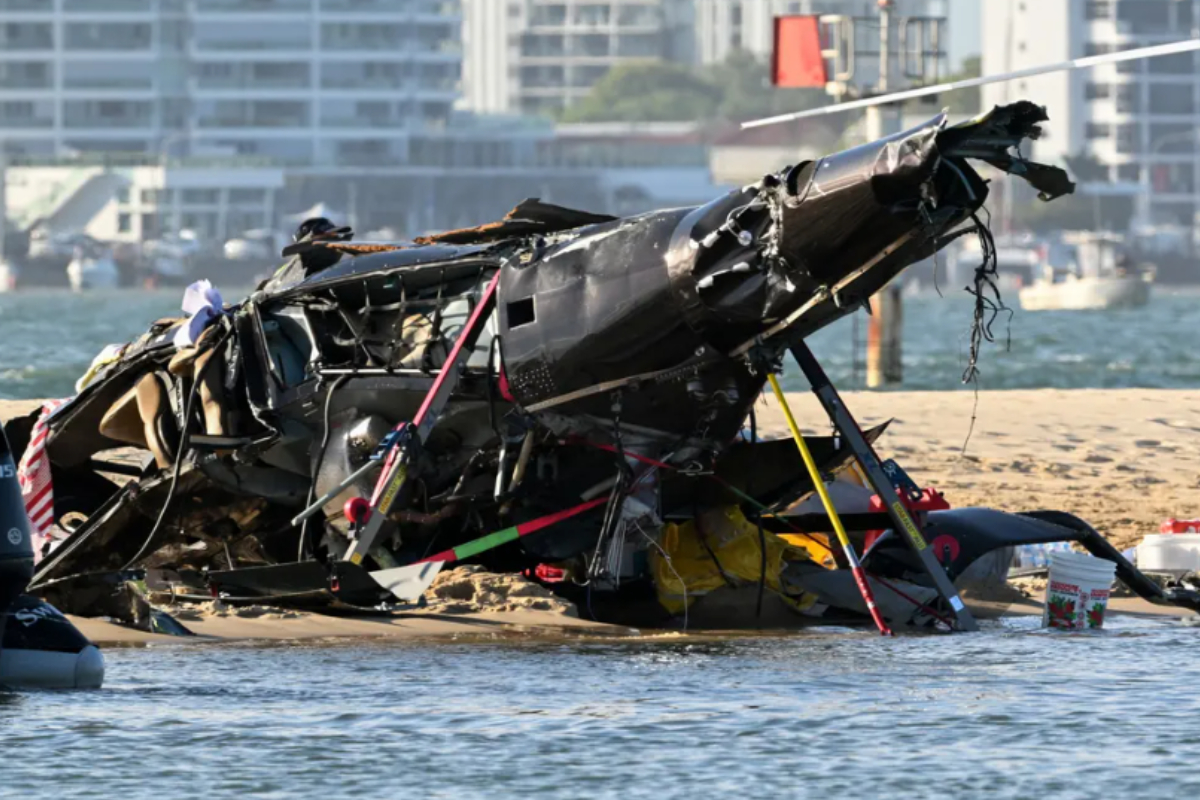- This was caused by an ongoing heatwave.
- It is the largest mass fish death event to hit the town.
- Heat waves have become more common, more intense, and stay longer.
People in a small Australian town awoke to the discovery of millions of dead fish in their river.
The large-scale fish deaths were initially recorded on Friday morning in Menindee, New South Wales (NSW).
According to the state’s river authorities, it was caused by an ongoing heatwave that affected the Darling-Baaka river.
According to locals, this is the largest mass fish death event to hit the town, which saw another significant mass fish death just three years earlier.
In a Facebook post, the NSW Department of Primary Industries (DPI) claimed the heatwave put “further stress on a system that has experienced extreme conditions from wide-scale flooding”.
Because of human-caused climate change, heat waves have become more common, more intense, and stay longer. The world has already warmed by around 1.1 degrees Celsius since the beginning of the industrial age, and temperatures will continue to rise unless governments around the world drastically reduce emissions.
Menindee resident Graeme McCrabb characterized the fatalities as “surreal” in an interview with the sources.
“It’ll probably be a bit more confronting today,” he said, as he warned that locals were anticipating that even more fish would die as the already decomposing fish sucked more oxygen from the water.
The town in far-western New South Wales has a population of around 500 people. The Murray Darling Basin, Australia’s largest river system, includes the Darling-Baaka.
The NSW DPI also stated that the fish deaths were “distressing to the local community,” which Mr. McCrabb agreed.
“Imagine leaving a fish to rot in your kitchen with all the doors shut and no air conditioner, and we’ve got millions of them.”
On Saturday, the temperature in Menindee was anticipated to reach 41 degrees Celsius.
He added that locals in the regional town rely on the Darling-Baaka for water supplies, “we use the river water for washing and showering in so people won’t be able to use that water for those basic needs again,” he said.
“Over time those people won’t be able to access that water for domestic use which is just shameful”.
The deaths of this week’s fish shed light on the Murray Darling Basin’s problems. Drought and excessive human use have harmed the Murray Darling ecosystem’s health.
According to the Murray Darling Basin Authority, agriculture, businesses, and towns have consumed river water, resulting in less water flowing through the river.
The Basin is also prone to major weather events and has a very fluctuating climate, making it vulnerable to both fires and droughts, according to the report.
A plan involving A$13 billion (£8.45 billion at the time) was initiated in 2012 to try to prevent the river from drying up and return it to a healthier state.
The NSW DPI said it will work with federal agencies to respond to the latest incident and to find the underlying causes of the deaths.
[embedpost slug=”/australia-buys-220-us-tomahawk-missiles/”]





